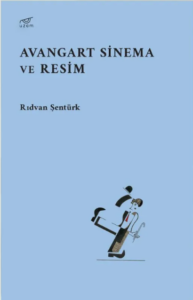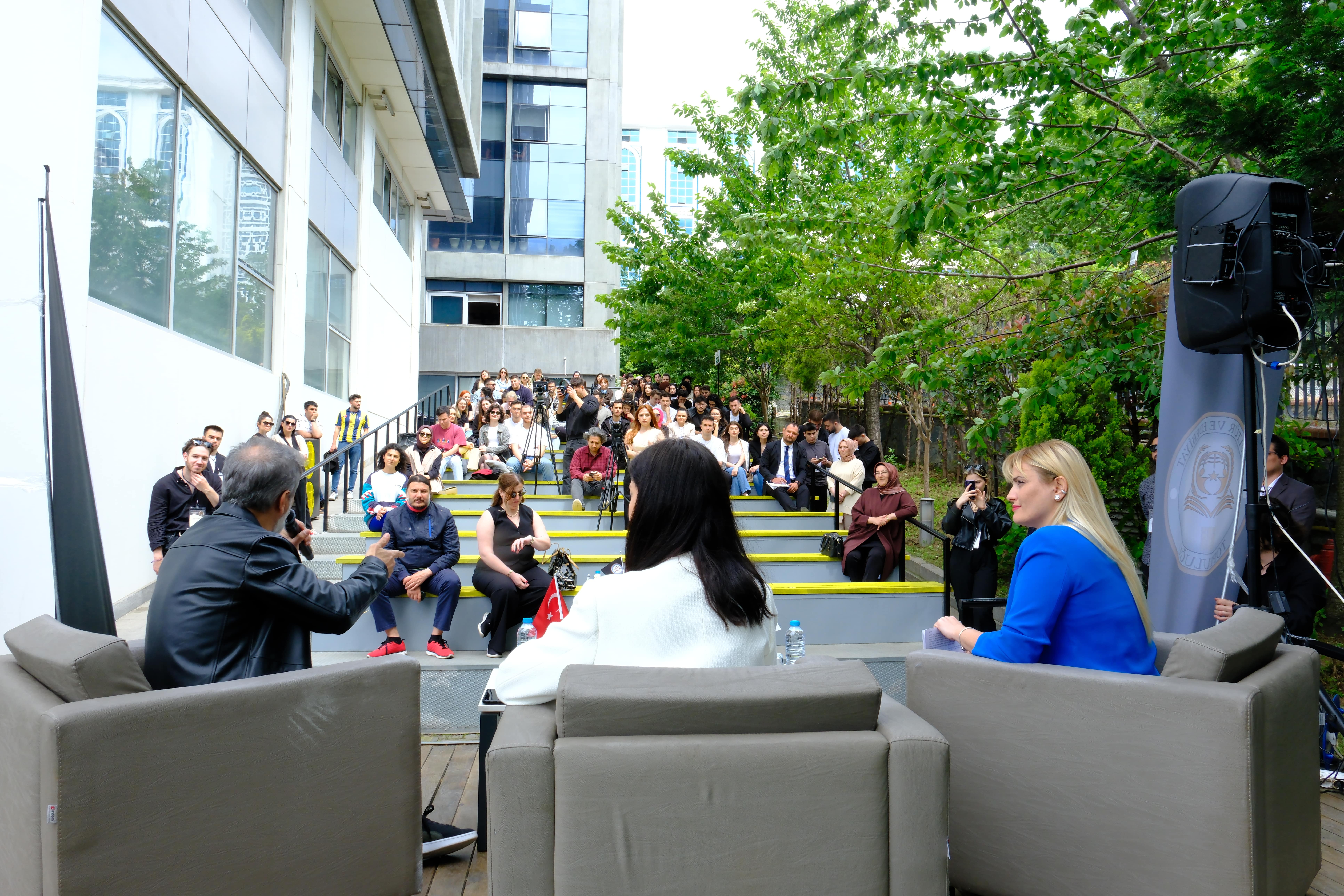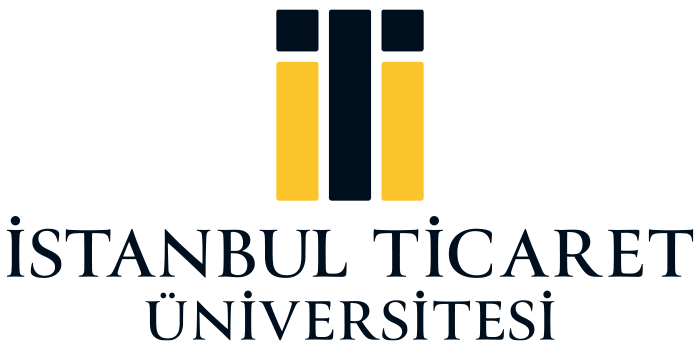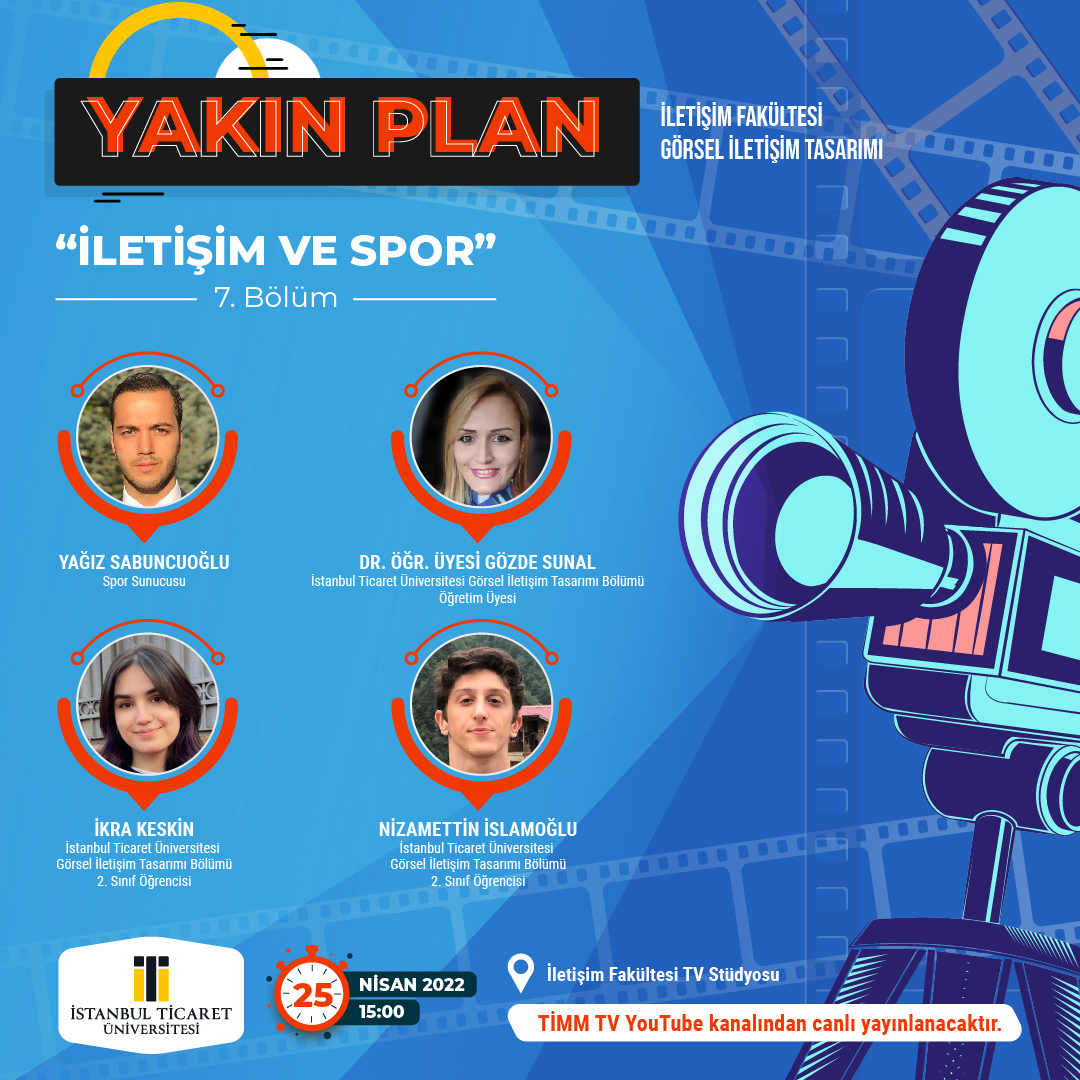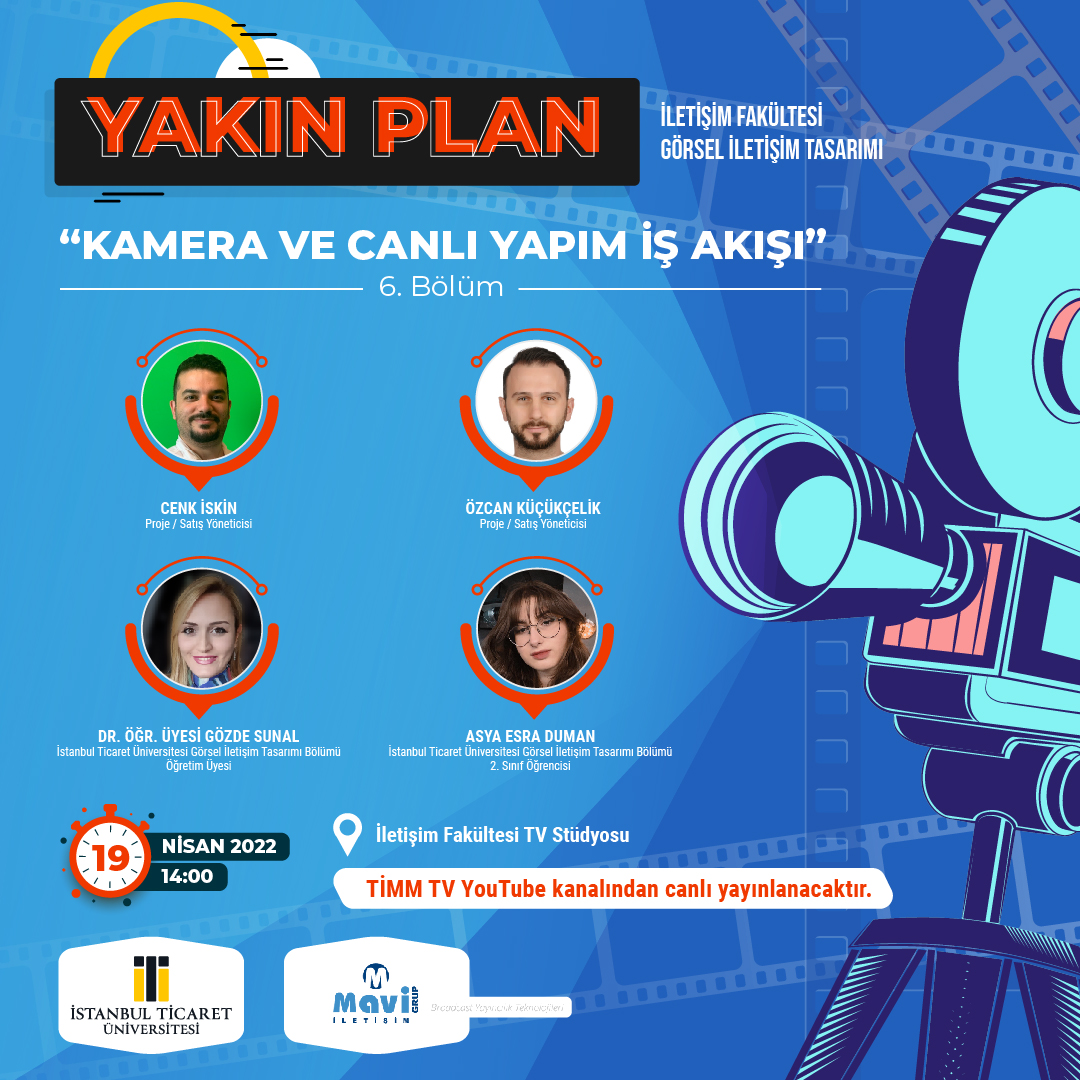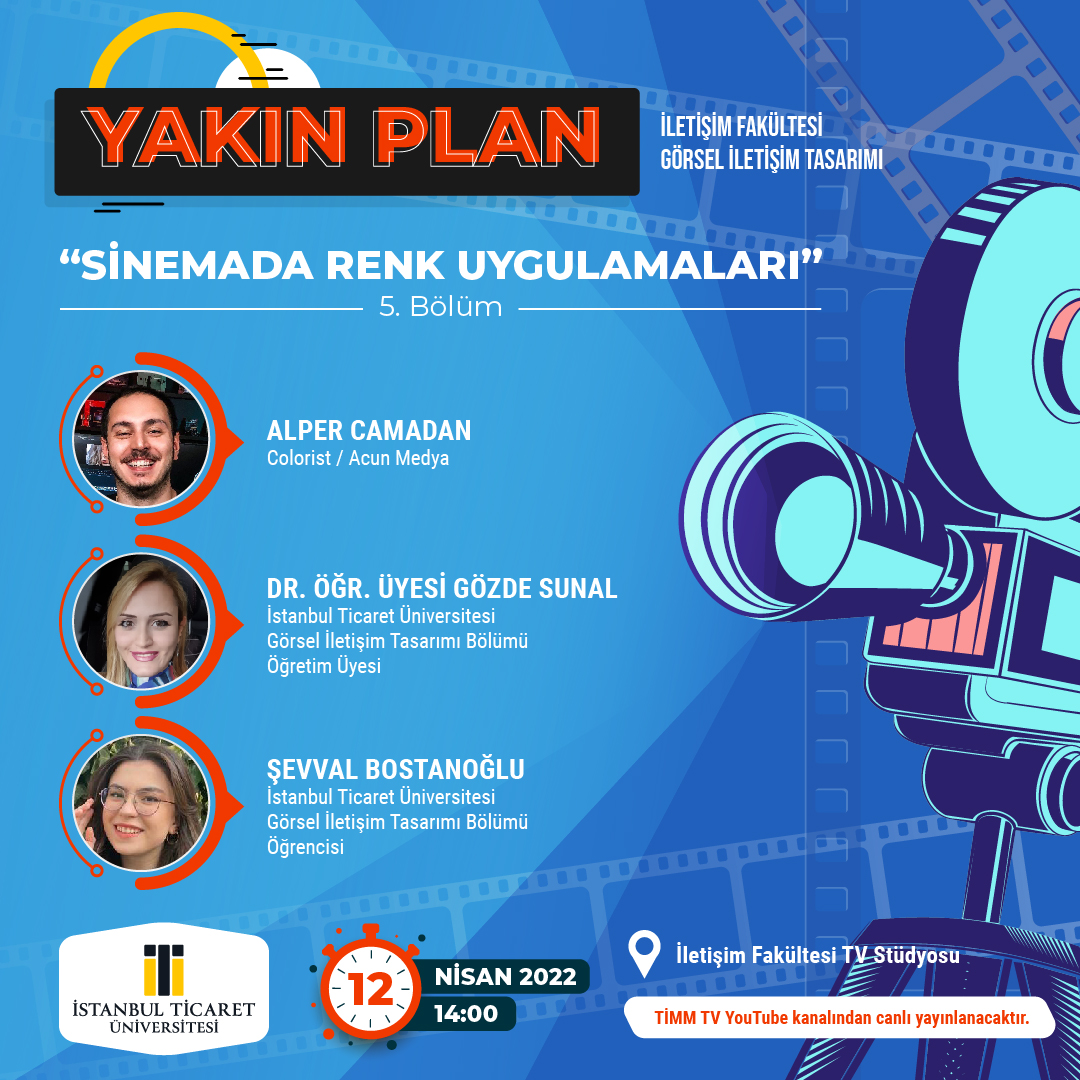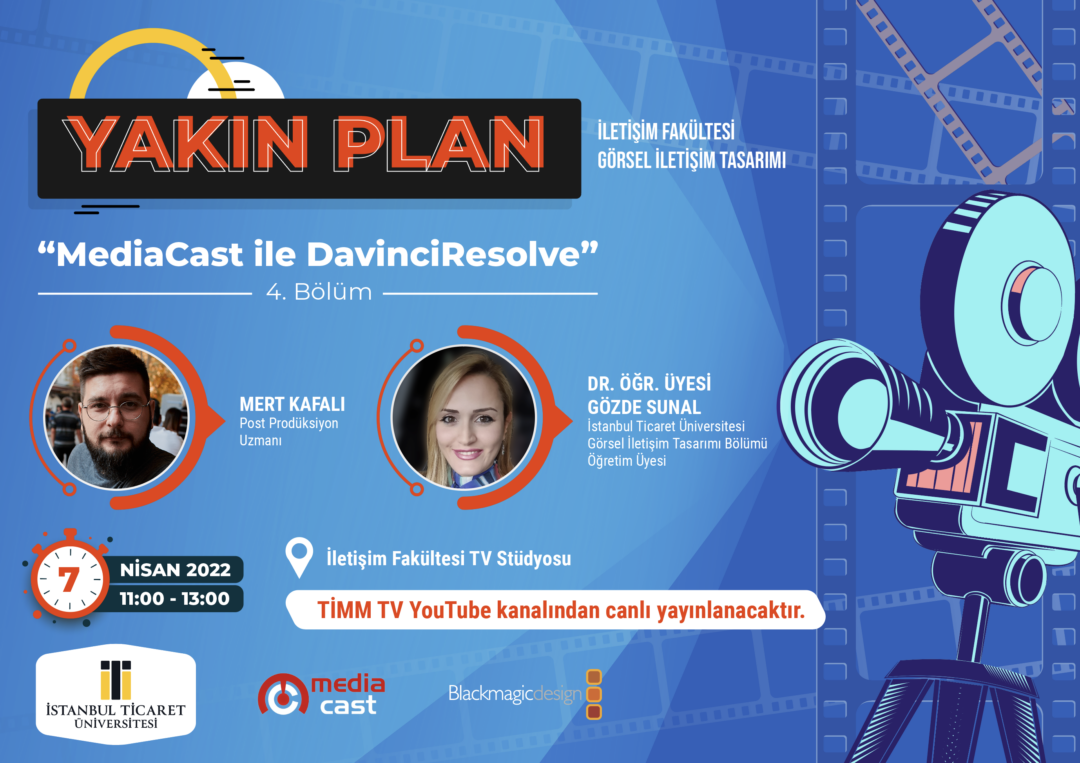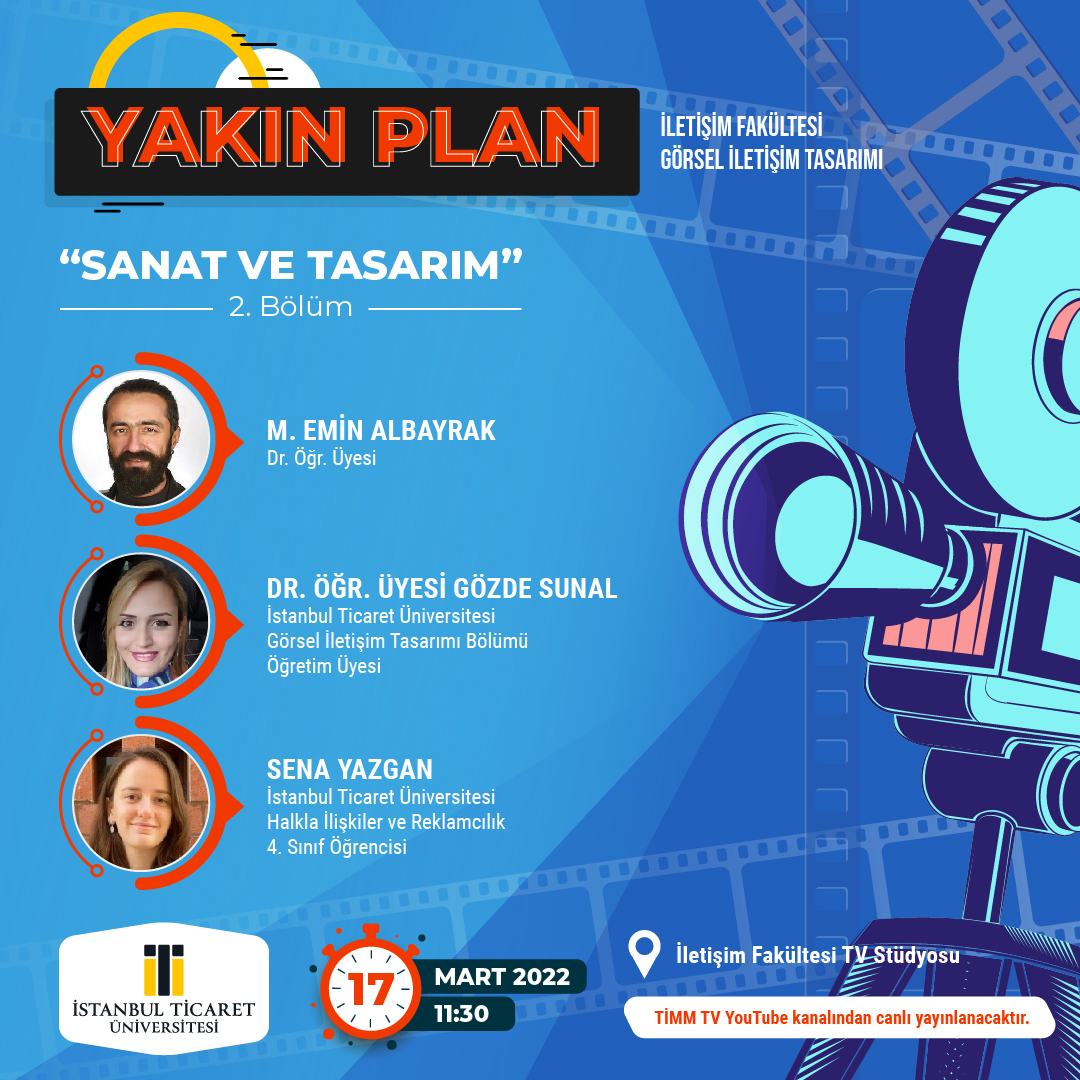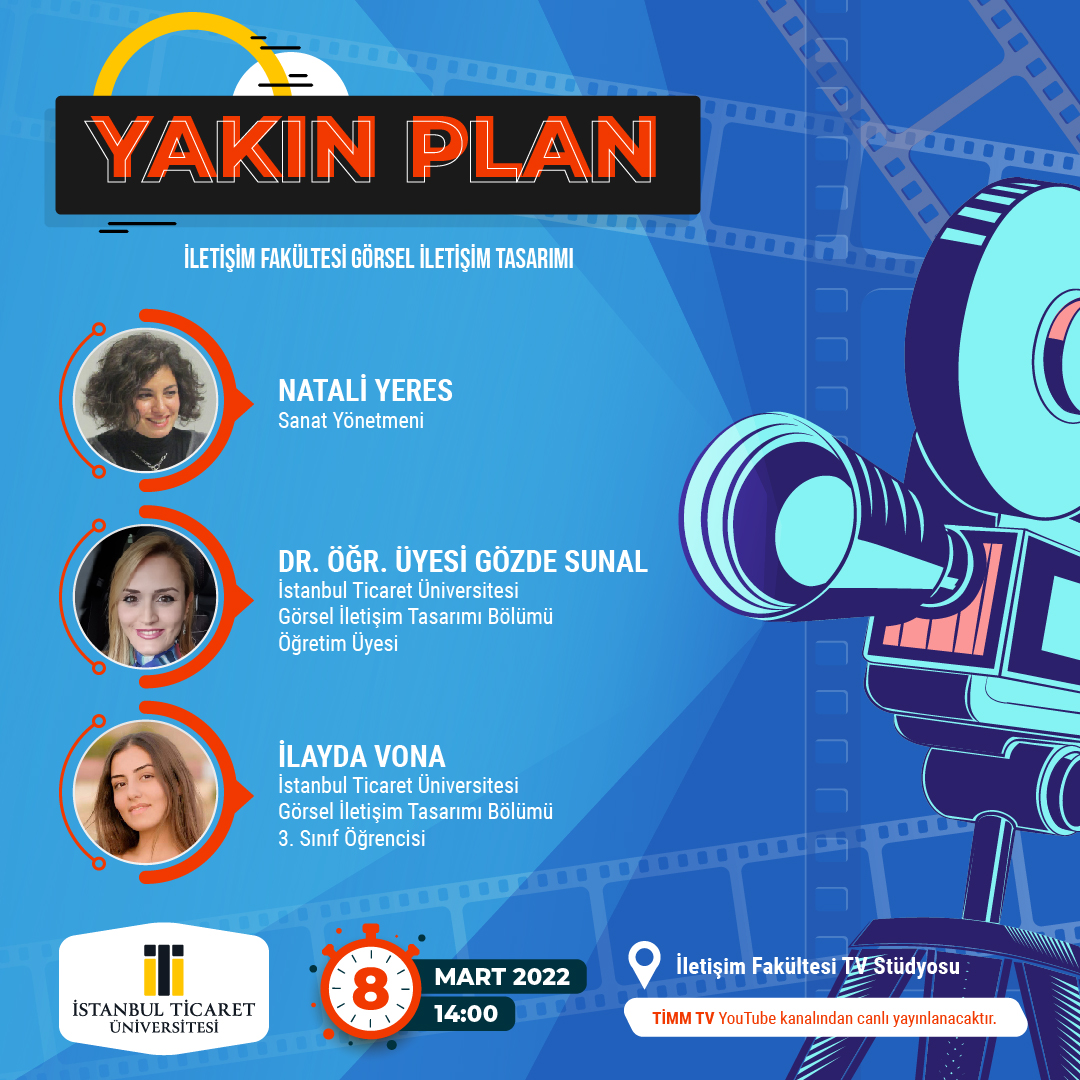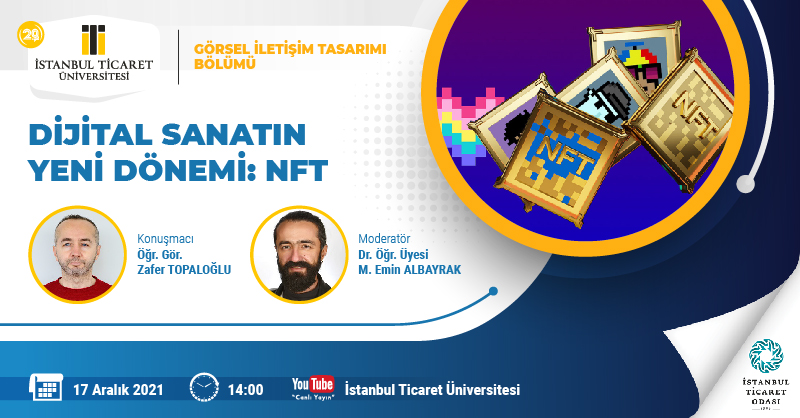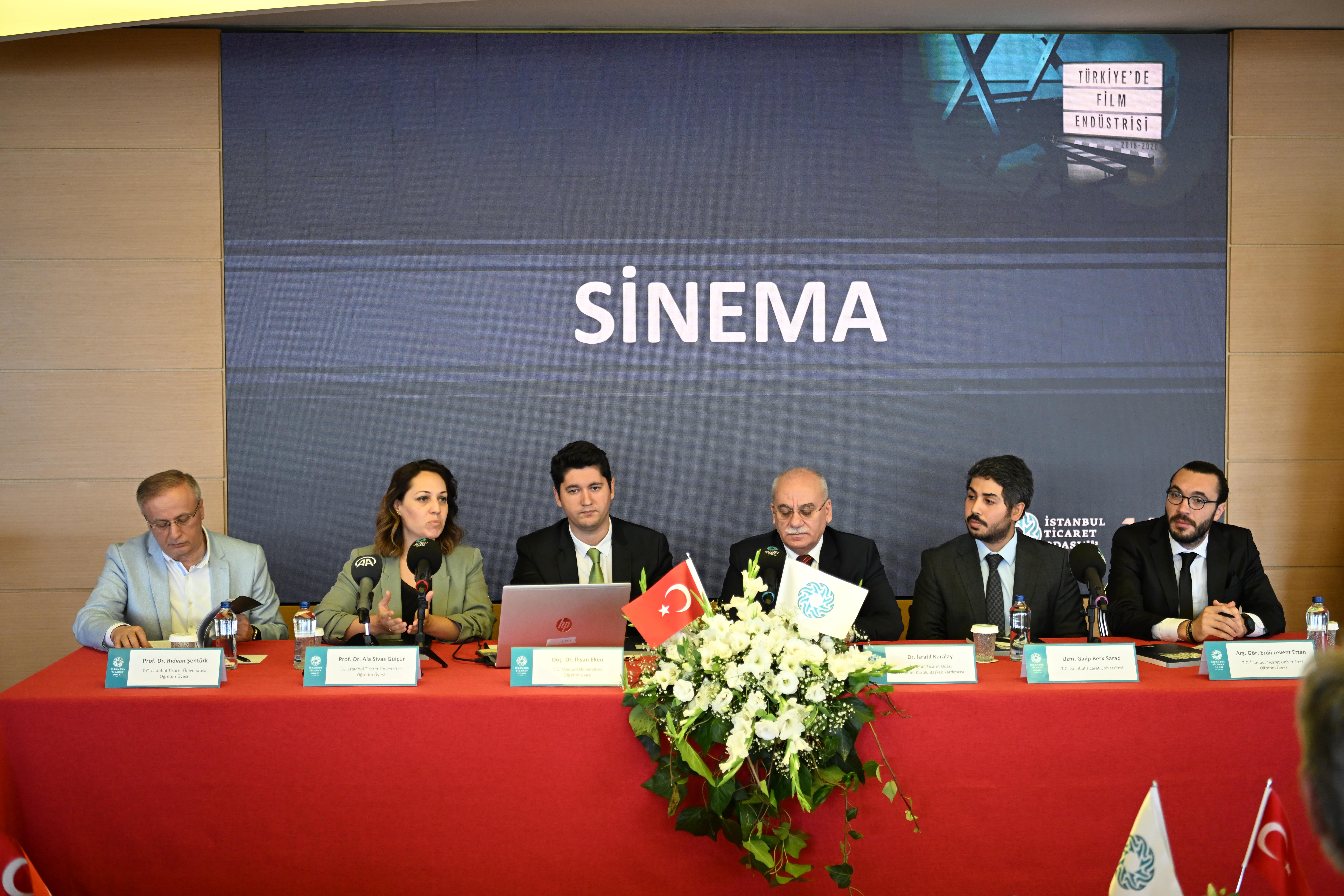Prof. Dr. Rıdvan Şentürk’s book “Avant-garde Cinema and Painting” met with the readers.
![]()
Istanbul Ticaret University, Visual Communication Design Department Head Prof. Dr. Rıdvan Şentürk’s work “Avant-garde Cinema and Painting”, which offers a radical discussion ground for avant-garde art movements, has met with the readers.
One of the elements that makes the book valuable is that it is published simultaneously with the Turkish edition of Kitab-ul Menazır, written 1000 years ago by Ibn-ul Heysem, who is considered to be the father of the science of optics and therefore the father of visual arts related to optics such as cinema and photography, for the first time and as a paired work from the same publishing house.
“Avant-garde Cinema and Painting”, written by Prof. Dr. Rıdvan Şentürk, head of the Department of Visual Communication Design, Faculty of Communication, Istanbul Ticaret University, presents a broad framework on avant-garde cinema movements. Based on the fact that the discussions on avant-garde cinema in our country have not found enough space in the art community and communication faculties, the book provides an opportunity to understand avant-garde movements and offers a radical perspective on the qualities of the concept of avant-garde.
SALUTE TO 1000 YEARS AGO
Prof. Dr. Şentürk, in his social media post about the book, referred to the book Kitab’ul Menazir (Optics), which was translated from Arabic to Turkish for the first time after 1000 years by Uzam Publishing, and said, “How fate weaves its webs! As the people and realities we face throughout our lives turn into masks of nothingness and death, not models of a free and honorable journey, the two books meet in the same time period and at Uzam Publishing House.”
AVANT-GARDE, THE KEY TO UNDERSTANDING
In “Avant-garde Cinema and Painting”, it is emphasized that the history of cinema, periods, movements and narrative structures cannot be adequately understood without adequate discussion of avant-garde understandings that move from the question of what film is as a medium and how it should be.
In this framework, the book examines the first avant-garde movements that had an impact on the transformation process of mainstream cinema, such as impressionist, expressionist, dadaist and surrealist film examples within the conditions of the period. The book also questions how cinema’s ontological, ethical-aesthetic and epistemological relationship with reality transformed during its development.
After the characteristics of avant-garde movements are presented, an article on traditionalism, avant-garde movements and the problem of reality welcomes the reader. Following the essay titled “The Modernization Process and the Culture of Romantic Depression”, a general framework of avant-garde movements is presented. After describing the current situation, the book moves on to movie reviews. At the end of the work, an article titled “Cinema, Art and Transformation Today” welcomes the reader.
CAPITAL
Ibn al-Haytham, a physics, mathematics and astronomy scholar who lived in the 10th-11th centuries and is considered the father of modern science, and therefore the father of cinema, which can be called the art of mastering light. Ibn al-Haytham laid the foundations of modern optics with Kitab-ul Menazir, one of his most important works in the field of optics. Kitab-ul Menazır is among the masterpieces that European scientists interested in optics used until the 17th century. The knowledge that Heysem produced as a result of his experiments on the refraction and reflection of rays was not surpassed for the next 500 years.
